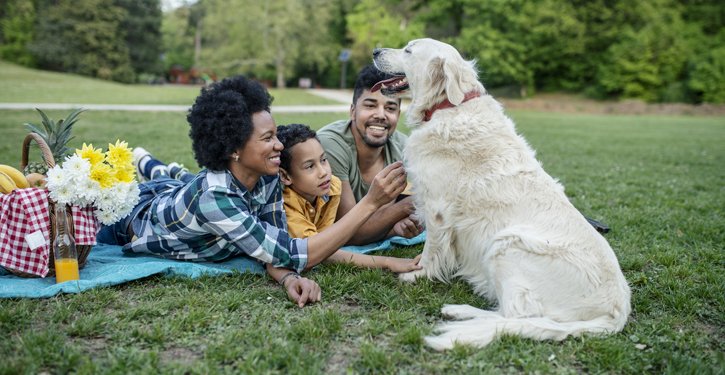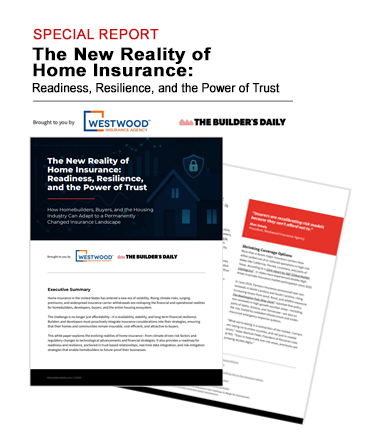In the summer, temperatures and humidity can rise to dangerous levels for pets. Luckily, planning ahead can help you manage the heat and keep your pets cool.
One of the best ways to keep your pet safe is to be prepared. Below are three tips for worry-free fun in the sun with the furry members of your family.
And for exceptional care year-round – without surprise bills – consider pet insurance. This coverage can protect your pet in the event of an unexpected injury or illness.
1. Take it easy on days with high temperatures and humidity
On hot days, limit exercise to the coolest parts of the day, the early morning and late evening. Also, keep the intensity and duration of the activity low. High humidity can also affect your pet and make it more difficult to cool themselves or even breathe.
If possible, walk your pet in the grass or use products like paw wax to protect their paws from hot pavement. Always carry water in pet-friendly containers and offer frequent drinks to avoid dehydration.
Some animals have additional concerns. Pets with white-colored ears can suffer more damage from the sun, and short-nosed pets are more like to have difficulty breathing.
Finally, it’s very dangerous to leave pets in parked cars. Even with the windows cracked, on an 85-degree day, the car interior can reach 102 degrees in 10 minutes and spike to 120 degrees in just 30 minutes.
2. Have cooling strategies
Have a plan to help overheated pets cool down, but remember that animals cool themselves differently than humans. Often, they pant and sweat only through their paws, so strategies like using a fan aren’t as effective.
The best course of action is prevention. Provide plenty of shade, but all shade is not created equal. A doghouse, for example, can offer shade, but it limits airflow and can trap heat. Tree shade and tarps allow open airflow while protecting your pet from the sun.
Give your pet constant access to water. Consider adding ice to water on sweltering days. You can also consider cooling vests soaked in water, or if baths don’t stress your pet, consider providing them with a wadding pool of cool water or give them a cooling soak.
Combine a fun treat with protection from overheating. “Pupsicles” are frozen treats made with pet-safe ingredients that can help keep your pet cool. Some pet stores also sell pet-friendly ice cream.
3. Watch for signs of heatstroke
Pets pant to release heat from their bodies, but if the humidity is too high, they cannot cool themselves. Their temperatures can rise to dangerous levels. Cats and dogs with short muzzles and those that are old or young are more susceptible to heatstroke.
Signs of heatstroke are heavy panting, a rapid heartbeat, difficulty breathing, and excessive thirst. Your pet may also seem lethargic, have a fever, or lack coordination. Severe symptoms include vomiting, a deep red or purple tongue, seizures, and unconsciousness.
If your pet displays any of these symptoms or their temperature reaches over 104 degrees, treat for heatstroke. Move your pet into the shade or an air-conditioned area. Apply ice packs or cold towels to their head, neck, and chest, or run cool water over them. Offer them small amounts of cool water or ice cubes, and take them to a veterinarian as soon as possible.
Plan to keep your pet safe year-round
Pet insurance can help keep your pet safe by ensuring they’ll get exceptional care without the surprise vet bills. Contact your Westwood agent for more information or get a quote now.





